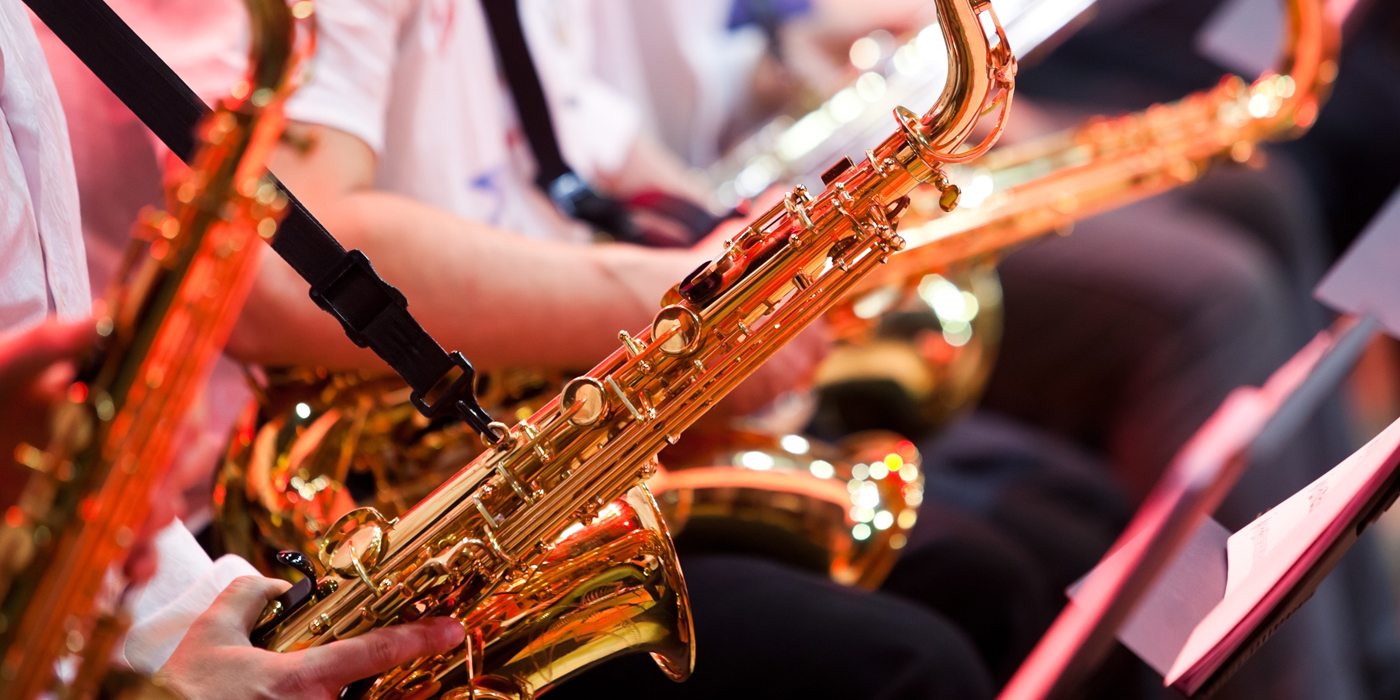
If you are like me, your jazz band meets once a week and you are always in a hurry to get things accomplished. I get it! You start your first rehearsal in November or January with “Ok, guys and gals. We have 4 weeks to put a concert on. Here we go!” However, even in a time crunch, it is important to dedicate at least 10-15 minutes of fundamentals time with the jazz ensemble.
My goal is to share ideas on how to adapt and apply your concert band warm-ups to the jazz ensemble rehearsal so that your students partake in an efficient, yet necessary, warm-up.
If we “zoom out” on the typical concert band warm up, I think that most of us will find that we are focusing on three main goals:
- Tone/Intonation,
- Articulation, and
- Rhythm/Reading
Within each of these three broad categories, there are several subsets of goals with the foremost focus being Ensemble Unity. While there are many “means to an end,” here some of my ideas on what works.
Tone/Intonation
Your typical concert band will work through an assortment of long tone and tuning exercises. These same exercises can be easily reinforced at the beginning jazz rehearsal. I would recommend taking these exercises and adding a rhythm section part. Click on the example below for a larger view.
Articulation
This section of your warmup can be most easily adapted. The goal in this section is to unify the execution of the following articulations in addition to swing 8ths:
You can rehearse these articulations just as you would in your concert band class. Some ideas would include call and response between director and student, matching player to player, matching section to section, matching as a full band in balance and vertical precision, playing articulations in unison and different registers, and playing articulations with chords (major, minor, dominant, sus, major7, etc.)
In addition to the above articulation techniques, you can work on swinging 8ths by playing through scales with swung 8ths. You can do this exercise in major, minor, and even Dorian and Mixolydian to introduce “jazz” scales. Below is a sample in the key of C mixolydian. This scale also includes accents to teach the swing concept of emphasizing the first, highest, and last notes of a phrase.
Rhythm/Reading
Your work above with articulations will segue well into rhythm reading. If you are proficient in Finale or Sibelius, or know someone who is, you can write out simple rhythms, with articulations, to read through. I will add one step, and that is to have the students SING the rhythms with jazz syllables before playing. Many directors do rhythm charts, or something similar, with their concert bands. Why not do so with the jazz ensemble? The same principle applies. Get the students more familiar with rhythms that they will encounter in music so that they become better readers.
Setting Students up for Success
In my opinion, one of the quickest ways for a jazz ensemble to lose credibility with students and/or fellow directors alike is by skipping fundamentals. For example, allowing students to partake in an unstructured and unmonitored self warm up followed by going straight to music. It is important to not only show that the jazz ensemble, like any other ensemble, has processes that should be in place and respected, but to also make sure that all of your players are set up for success. I hope that I’ve been able to provide you with a springboard to help strengthen the rehearsals and performance of your jazz ensemble.
